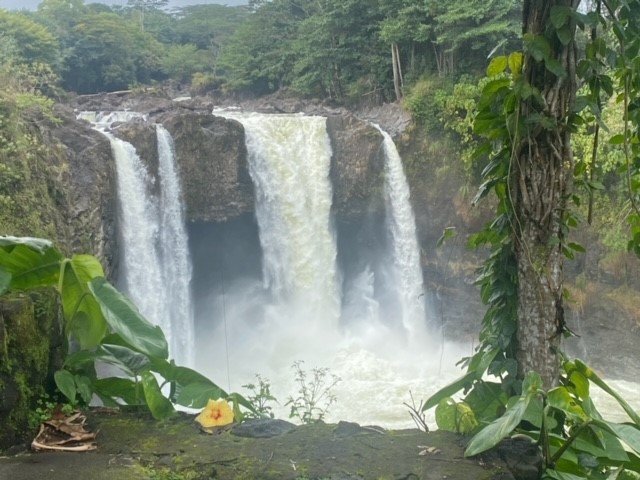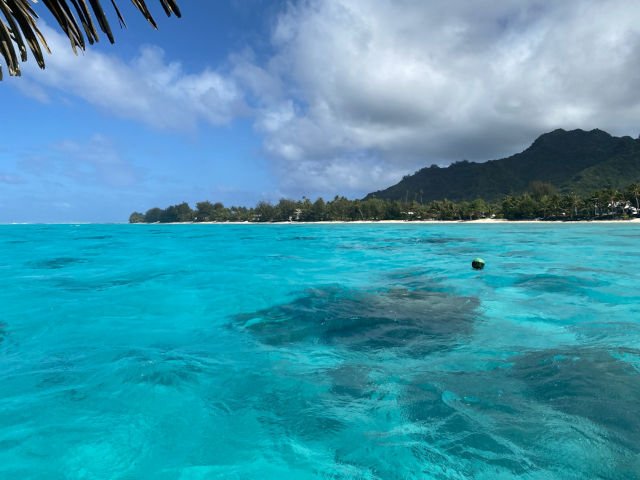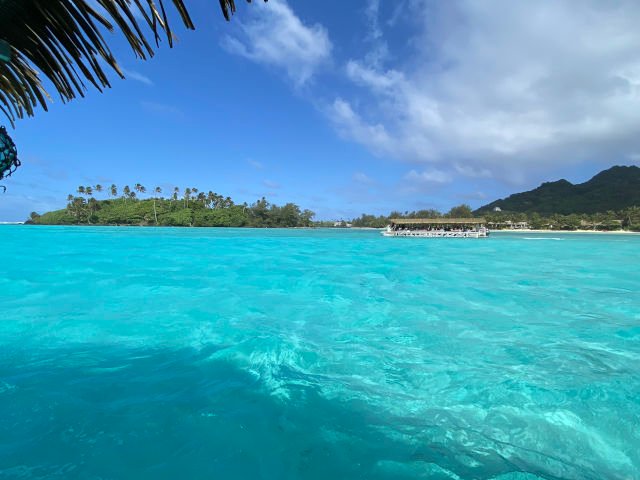Hawaii Volcanoes National Park is a popular place to visit on the Big Island of Hawaii. The park has two active volcanoes, Kilauea and Mauna Loa, and extends out to the ocean. There are many sites to visit at Volcanoes National Park. Some of the best things to do at Hawaii Volcanoes National Park include viewing Kilauea at various outlooks located in the park, exploring several hiking trails, visiting the steam vents as you drive over to the Kilauea outlooks, walking through a lava tube, viewing numerous craters and lava flows, and see the ever-changing Holei Sea Arch.
Hawaii Volcanoes National Park – An Incredible Adventure
Before our trip to the Big Island, I told my mom I had no intention of leaving the island without going to Hawaii Volcanoes National Park to see Kilauea. She was weary of visiting the park, given that Kilauea is an active volcano that was still erupting when we went. Despite being worried about visiting an active volcano, she agreed with my plan, which led to a fantastic adventure that included visiting the steam vents, Kilauea, and driving down Chain of Craters road.
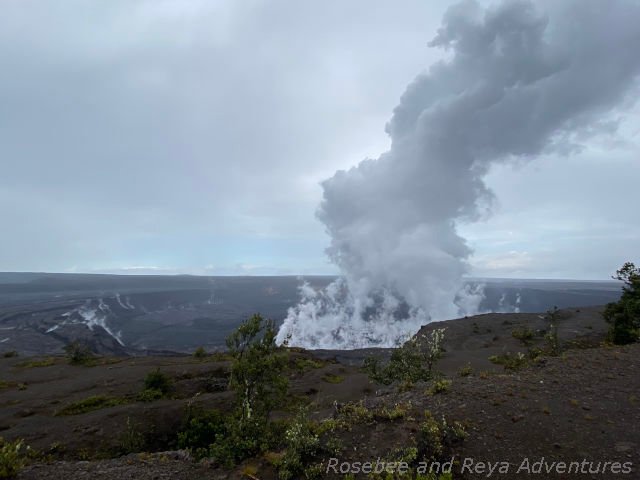
Getting to Hawaii Volcanoes National Park
Hawaii Volcanoes National Park is located on the Island of Hawaii, also known as the Big Island. The National Park is relatively close to Hilo and is one of the best things to do if you are staying in Hilo. If you are driving to the park from Hilo, take Highway 11, southwest, for approximately 30 miles. the drive from Hilo is about 45 minutes long. If you are driving from Kailua-Kona, take Highway 11 southeast for about 95 miles. The drive will be approximately 2 to 2.5 hours. You can also reach the park via highways 19 and 11 through Waimea and Hilo. This route is about 125 miles and should take about 2.5 to 3 hours. From Waikoloa, you will take Highway 200 southeast for 90 miles. The drive from Waikoloa should take approximately 2 hours.
Hawaii Volcanoes National Park is a very large park with many places to explore. Depending on the sites you wish to visit, you could be doing a lot of driving in the park. It is a good idea to ensure that you have sufficient gas in your vehicle as no gas stations are located within the park grounds.
Hawaii Volcanoes National Park Entrance Fee
Hawaii Volcanoes National Park entrance fee ranges from $15.00 to $30.00, depending on your mode of transportation, and is valid for seven days. Having the opportunity to visit the park over seven days makes the fee very affordable for families. It also allows you to see the many sites available at the park, as it can be difficult to see everything the park has to offer in one day. If you are walking or cycling into the park, the entrance fee is $15.00. The entrance fee, if you are riding a motorcycle, is $25.00, and the entrance fee is $30.00 for a vehicle. If you have an America the Beautiful National Park pass, then your pass is your ticket into the park.
Hawaii Volcanoes National Park Hours
Two areas are available to visit at Hawaii Volcanoes National Park, Kilauea and Kahuku. At Kilauea, the largest and main section of the park, the park is open 24 hours a day, including holidays. The Kahuku Unit is open Thursday through Sunday from 8:00 a.m. to 4:00 p.m. and closes for specific holidays. Volcanic activity can affect operating hours for either section of the park. You can visit the National Park website for updates on hours and closures.
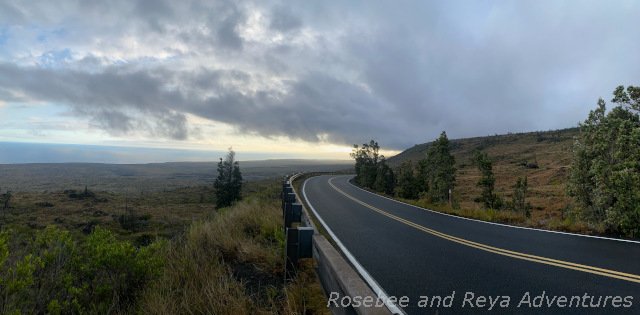
Kilauea Visitor Center
The national park has a visitors center located shortly after the main park entrance on the right-hand side. Here you can learn about the park and its history, and if needed, restroom facilities are also available. The visitor center has a small museum with interactive exhibits that children and adults will enjoy. There is also a gift shop with many wonderful souvenirs to purchase. We purchased a puzzle with an amazing picture of Kilauea erupting that is suitable for hanging. Purchases from the gift shop benefit the national park’s educational, research, and cultural programs, so your purchase goes to a great cause.
Rangers and volunteers are onsite and available to answer questions and provide information about the park, any volcano activity, and any safety information, warnings, or closures you should be aware of.
You should check the National Parks website for any updates on the volcano’s activity before you go as you plan your visit. Here is the link for the Hawaii Volcanoes National Park website. For your safety and the safety of others, please listen to and read warnings of areas that you should not go beyond. These warnings are there for a reason, given how active Kilauea is.
Hiking Hawaii Volcanoes National Park
If you enjoy hiking, there are various hiking trails throughout Hawaii Volcanoes National Park. There are maps of the park available for guests. The park map has hiking trails and routes clearly pictured. The map is a very handy tool to have as you make your way through the park. There are many hiking trails available with varying levels of difficulty, making it easy to find a hike suitable for almost everyone. Volcanic activity or the preservation and protection of natural resources can lead to park rangers closing some trails or other specific points in the park. It is a good idea to check online or with a park ranger to confirm any closures before hiking.
Subscribe to our Travel Newsletter!
Receive our free Packing Guide with Bonus Cruise Essentials Checklist and Waikiki Travel Guide with Map when you subscribe.
Crater Rim Drive
Crater Rim Drive is the main road that takes you around Kilauea Crater. It starts at the entrance to the park and ends where the road changes to Chain of Craters Road. There are many sites to visit on Crater Rim Drive and many hiking trails.
The Steam Vents
A short drive from the park’s entrance, just past the visitors center, you will come across the steam vents. Underground water is turned to steam due to the heat of the magma underground. The steam reaches the surface and is released from the vents formed by shallow cracks in the ground, resulting in an amazing view of steam arising from the ground in this area. You can get close to a couple of the steam vents and feel the heat from the steam emitting from the ground.
Kilauea Outlook
The Kilauea Outlook offers breathtaking views of the caldera, or what is referred to as the lava lake. This is where you can see lava activity if Kilauea is currently erupting. There are different spots to view the caldera, with each spot offering different photo opportunities. You may see the lava from some viewpoints but not others, as each viewpoint gives you a different angle of the caldera. The Kilauea Outlook should not be missed, especially if you are visiting in the evening and there is lava activity in the volcano.
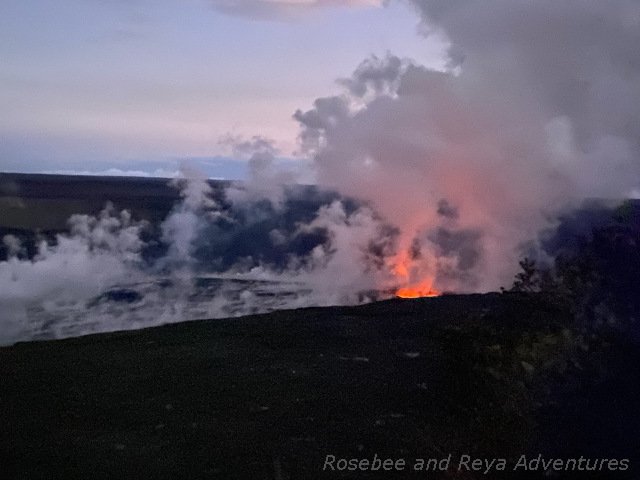
Nahuku – The Thurston Lava Tube
Nahuku is a cave you can walk through, formed by a lava river many years ago when Kilauea erupted. The outer layers of the lava flow cooled and hardened, eventually forming the sides and the ceiling in the shape of a tube. Thus, the cave is known as a lava tube. Nahuku is a popular site to visit at Hawaii Volcanoes National Park and can get very busy. While this is a popular site at the park, this area has limited parking. Because of Nahuku’s popularity, parking is limited to 30 minutes. Visiting this site takes about 30 minutes, so the 30-minute parking limitation should not be a problem. I recommend visiting Nahuku early in the morning or later in the afternoon to avoid crowds. Nahuku is a popular site at Volcanoes National Park and tends to get very busy throughout the day.
Chain of Craters Road
The Chain of Craters Road begins at the end of Crater Rim Drive. Chain of Craters Road is a scenic drive down the slope of Kilauea to the sea. The drive to the ocean will take approximately 30 to 40 minutes if you do not stop at any of the craters or lookouts along the way. It can take several hours if you choose to stop at every point along the way.
There are numerous craters to visit and outlooks overlooking lava flow from previous years, with signs indicating the year a particular lava flow occurred. As you get closer to the ocean, you see spectacular views of past lava flow that reached the ocean.

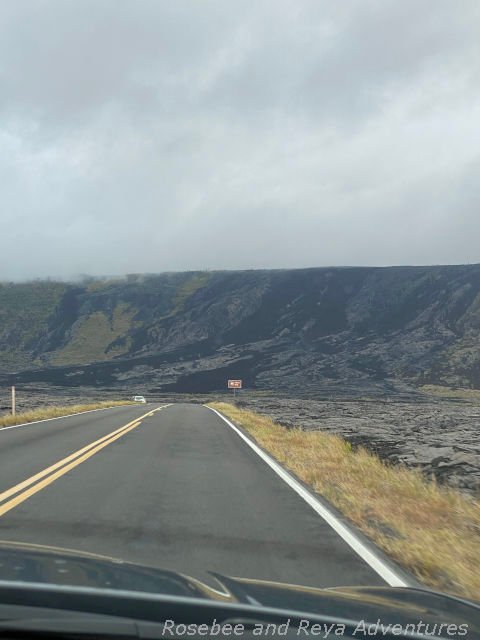
Pu’uloa Petroglyphs
The Pu’uloa Petroglyphs is a sacred and religious site for the Hawaiian people. The Pu’uloa Petroglyphs are geometric, human, and other designs embedded in the lava rock. There are thousands of designs in this area alone. Because of its sacred and religious significance and the risk of destroying the designs, the petroglyphs are only viewable by staying on a designated walking path.
There are a couple of ways to see the Petroglyphs. You can choose to stay near the beginning of the trail and see the petroglyphs located near the start of the trail. You can also walk the entire path which is a 1.4-mile hike round trip. Following the entire path will give you the best view of the many petroglyphs in this area. Whichever route you choose, please respect the sacred and religious significance of the land and stay on the designated walking path.
Holei Sea Arch – The Ever-Changing Coastline
The Chain of Craters Road ends at the Holei Sea Arch parking area. The Holei Sea Arch is a short walk from the parking area. The Holei Sea Arch is formed by the waves that crash against the cliffside, which is made of past lava flows that have reached the Pacific Ocean. As time passes, the sea arch crumbles due to erosion and the force of the waves crashing against it. However, as the old arch crumbles, the crashing waves on the cliffside form a new sea arch. It is a spectacular site to view and is a must-see at Hawaii Volcanoes National Park.
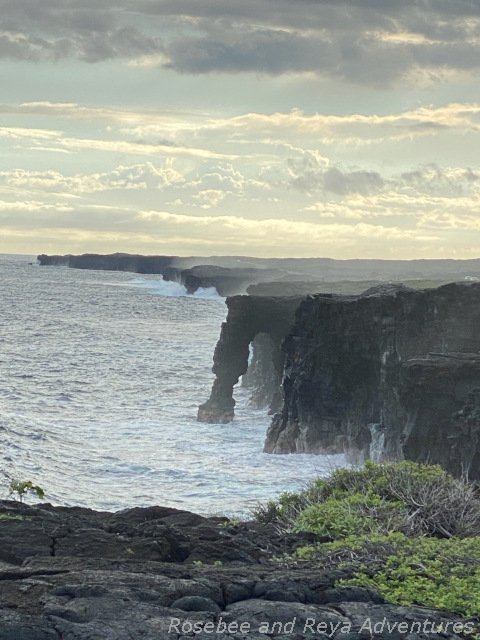
Hawaii Volcanoes National Park – A Must Do Travel Destination.
We highly recommend a visit to Hawaii Volcanoes National Park. The views are amazing, the Kilauea caldera is impressive, and there are many different sites to visit. It is an affordable day trip for the family, with picnic areas in a few park areas. There are many hiking trails to visit, and the views are breathtaking. Driving to the national park does not take very long from the different areas of Hawaii Island. It is especially close to Hilo and is one of the best things to do near Hilo. In this blog post, you can read about other places to visit in and around Hilo. There are many places to explore when visiting the Big Island. In this blog post, you can read about other amazing things to do while visiting the Big Island. While there are many places to explore in Hawaii, Hawaii Volcanoes National Park is a unique experience that should not be missed. This is an adventure that you will definitely remember for years to come!
Popular & Related Posts
- Visiting the Polynesian Cultural Center in Oahu, The Ultimate Guide
- 24 Amazing Beaches on Oahu to Experience & Visit
- 18 Amazing Beaches on the Big Island of Hawaii
- 24 Amazing Things to Do on the Big Island of Hawaii
- The 11 Best Things to Do in Hilo on the Big Island of Hawaii
- 75 Top Things to Do in Oahu – The Ultimate Guide for Your Oahu Vacation
- 24 Family Friendly Things to Do in Oahu with Kids
- Visiting the Byodo-In Temple in Oahu – A Complete Guide
- Kualoa Ranch – Hawaii’s Jurassic Park Aventure Tour
- A Guide to Visiting the Dole Plantation in Oahu


